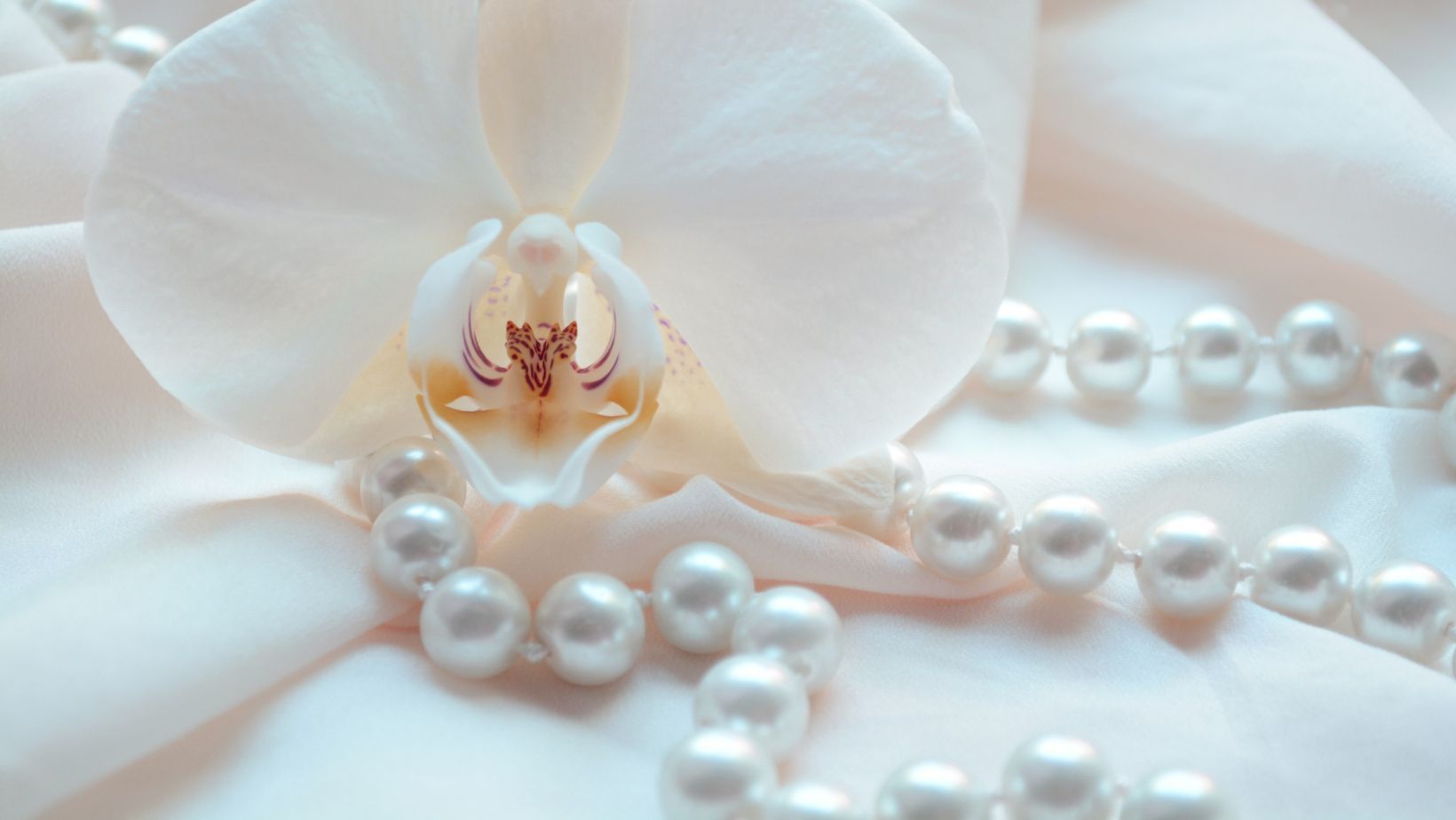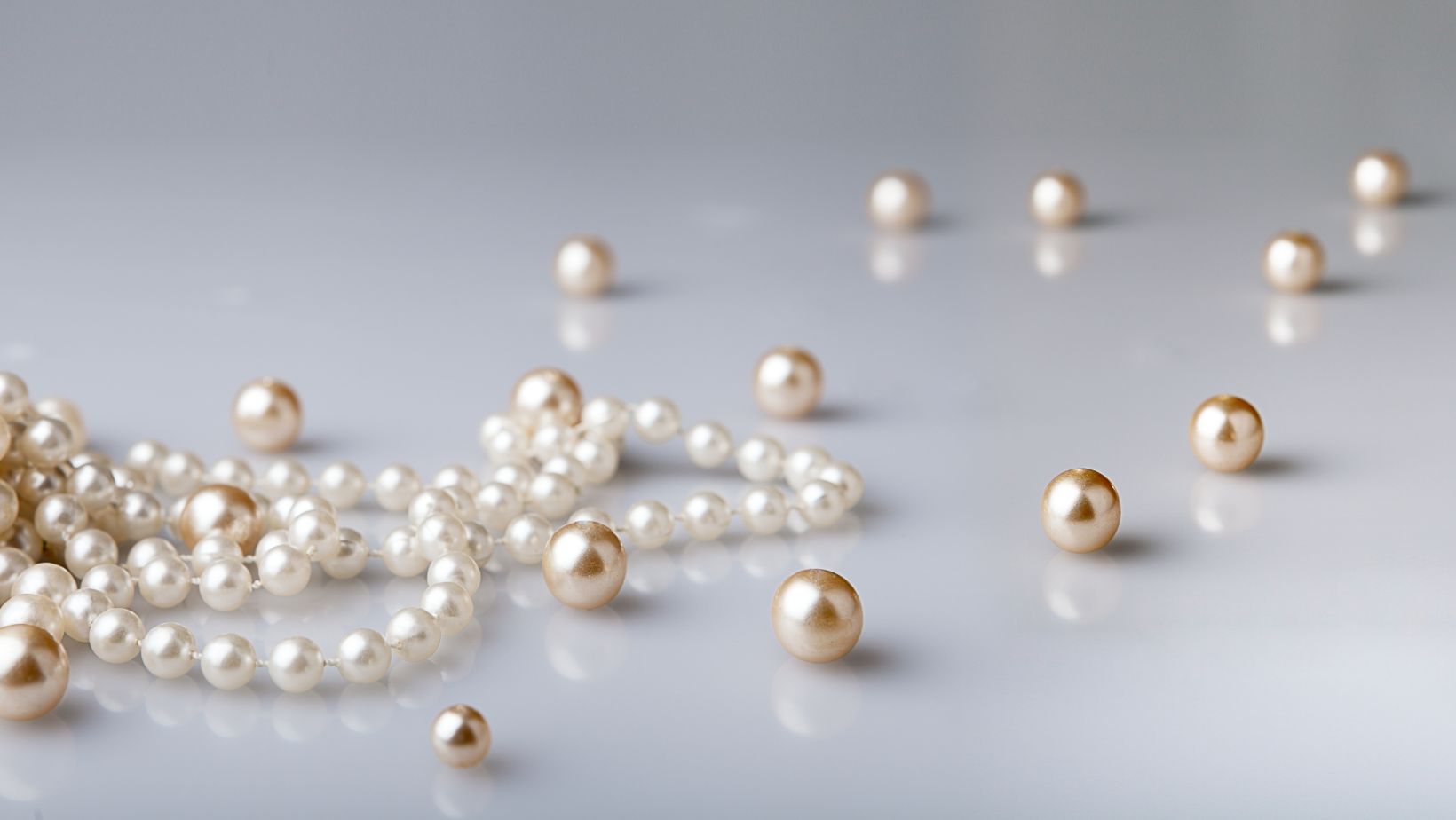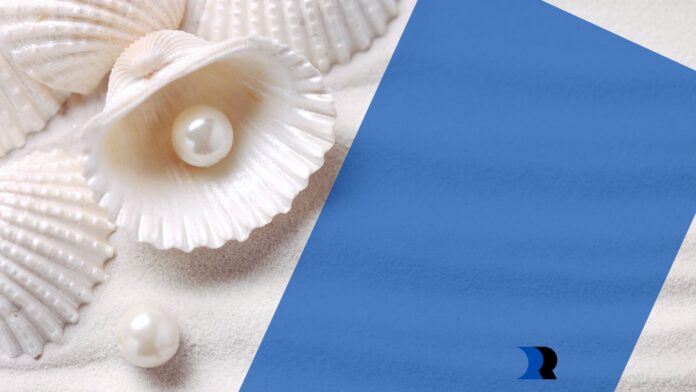Australia is renowned for its stunning landscapes, unique wildlife, and rich cultural heritage. However, another treasure hidden beneath its crystal-clear waters that often goes unnoticed – Australian pearls.
This extensive blog post will explore the fascinating world of Australian pearls, their history, the pearl farming industry, exquisite characteristics, and cultural significance. If looking for quality pearls can be daunting, check out this page: https://pearlsofaustralia.com.au/.
The History of Australian Pearls
Pearl harvesting in Australia dates back thousands of years, with Indigenous communities along the country’s northern coastline being among the earliest collectors of these lustrous gems. Indigenous Australians would gather pearls from the sea for both personal adornment and trade, recognizing their inherent value long before European settlers arrived on the continent.
In the late 19th century, the commercial pearl industry began to take shape during the pearling boom in Western Australia. Lured by the promise of wealth and fascinated by the beauty of pearls, divers worldwide flocked to the shores of Broome, a small coastal town in Western Australia, eventually becoming synonymous with Australian pearls. Pearling operations in Broome flourished, and the city grew into a vibrant hub of multiculturalism.
The Pearl Farming Industry
Today, Australian pearls are primarily cultured through pearl farming, a practice that allows for the controlled cultivation of pearls within oysters. This method ensures consistent quality and availability, making Australian pearls highly sought after in the global market.

Pearl farming begins with the careful selection of oysters. The Pinctada maxima, or the Australian South Sea Pearl Oyster, is Australia’s preferred species for cultivating pearls. These oysters are renowned for producing some of the world’s most extensive and exquisite pearls. Farming involves carefully inserting a tiny bead nucleus and a piece of mantle tissue into the oyster, stimulating the natural pearl-forming process.
The oysters are placed in underwater cages or baskets suspended in pristine coastal waters, monitored and nurtured over several years. This period of growth allows the pearls to develop their unique luster and beauty, influenced by the specific conditions of the surrounding environment, including water quality, temperature, and nutrients.
Australian pearl farmers must contend with the challenges of the ocean, such as unpredictable weather patterns and the threat of natural predators, making pearl farming a labor-intensive and high-stakes endeavor. Nevertheless, these challenges contribute to the exceptional quality of Australian pearls.
The Exquisite Characteristics of Australian Pearls
Australian pearls are celebrated for their unrivaled beauty and distinct characteristics. Here are some of the key features that set them apart:

- Lustrous Perfection: The luster of Australian pearls is often described as profound and radiant, with a remarkable sheen that is second to none. This natural glow results from the pristine waters and ideal growing conditions in which they are cultivated.
- Rich Color Palette: Australian pearls come in a diverse range of colors, from classic creamy white to elegant silver, champagne, and deep golden hues. The spectrum of colors is a testament to the unique regional influences on each pearl’s formation.
- Exceptional Size: The Pinctada maxima oyster produces some of the world’s largest pearls, with diameters exceeding 20mm. These substantial pearls are highly prized for their rarity and beauty.
- Distinctive Shape: Australian pearls often exhibit round or near-round shapes, considered the most valuable and sought-after in the pearl industry. This roundness is a testament to the quality and care put into their cultivation.
- Unique Surface Markings: Each Australian pearl boasts distinctive surface characteristics, often called “blemishes” or “birthmarks.” These imperfections, although minor, are a natural part of the pearl’s growth and serve as a testament to its authenticity.
Cultural Significance and Symbolism
Historically, pearls have held significant cultural and symbolic value in various societies. In many Indigenous Australian cultures, pearls were revered for their connection to the sea and were used in rituals and ceremonies. They represented purity, wisdom, and the cycle of life.
In contemporary Australian culture, pearls have become a symbol of elegance and sophistication. They are often used in jewelry design, adorning necklaces, earrings, bracelets, and more. Australian pearls have graced the necks and wrists of royalty, celebrities, and fashion icons, cementing their status as a timeless symbol of beauty and luxury.
Conclusion
Australian pearls, the jewels hidden beneath the azure waters of the continent, represent a captivating fusion of natural beauty, rich history, and cultural significance. From their early use by Indigenous communities to the modern pearl farming industry, these pearls have genuinely earned their place as “The Jewel in the Crown of Oceanic Beauty.” Their exquisite characteristics, unrivaled luster, and unique cultural importance make them a cherished part of Australia’s natural heritage and a cherished addition to the world of fine jewelry. The legacy of Australian pearls continues to shine brightly, capturing the hearts and imaginations of people around the globe.


